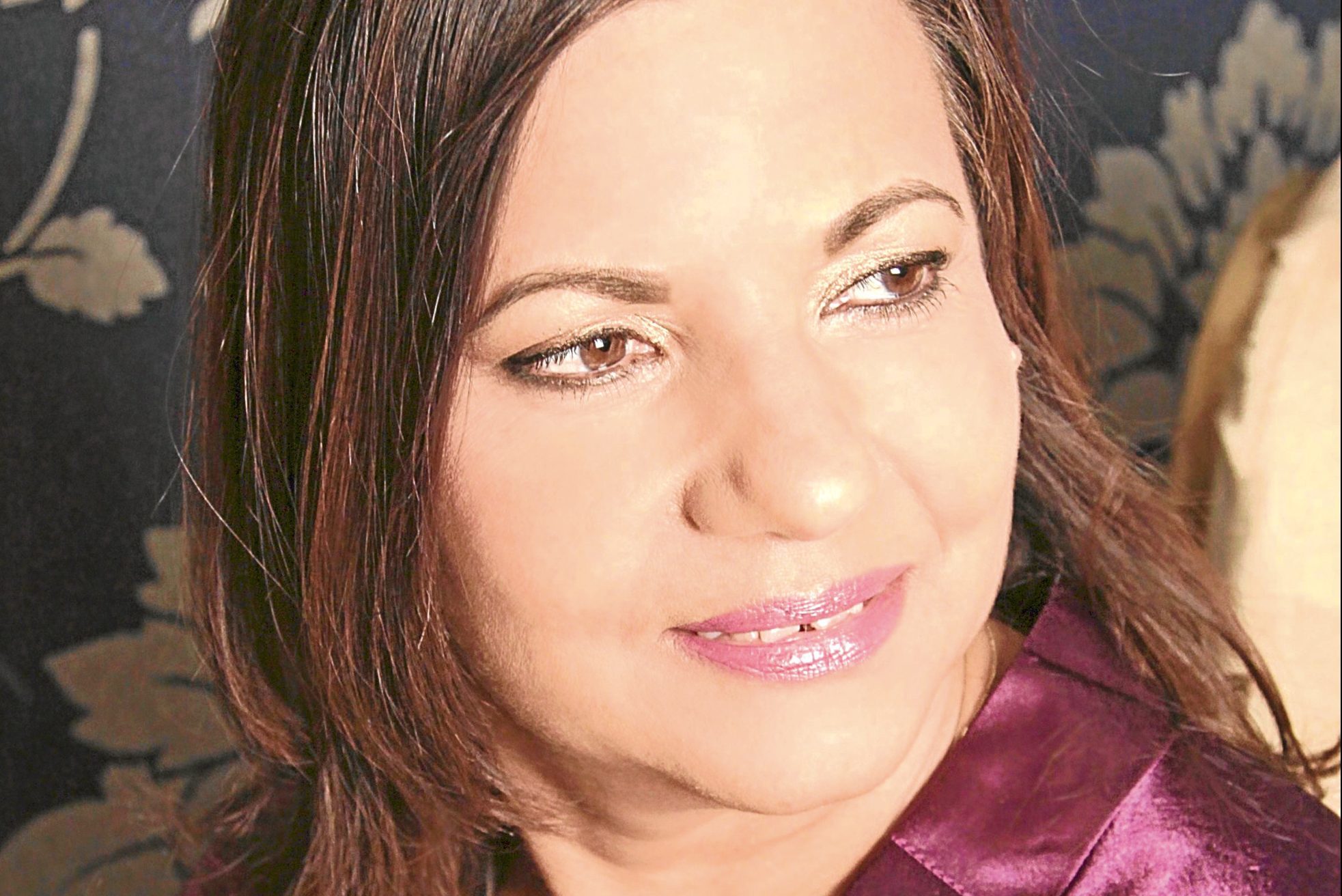
JEETA OUSTON started to suffer Charcot-Marie-Tooth (CMT) symptoms when she was just nine years old.
CMT is an inherited neurological disorder that causes muscle weakness in the lower legs and hands, often leading to unstable ankles and falls.
But Jeeta didn’t know anything about the condition until a specialist diagnosed her own daughter Ravi with CMT — and noticed during consultations that Mum wasn’t walking properly, either.
“When I was nine, my toes started to curl, and the doctors told me they thought it might be polio,” says Jeeta (58), from Kirkcaldy, in Fife, who also has an older daughter Suki and a son, Jaz.
“At that time, I didn’t know anything about CMT even though I had calf sores, and I was tripping over everything, falling.
“I had my toes straightened, and in those days, when you had any kind of surgery you were off your feet for months in plaster.”
It was only when Ravi started walking that things really began to progress for Jeeta, too.
Ravi developed problems with high arches and frequent falls and when she was five, her orthopaedic consultant referred her to a genetic consultant at Glasgow’s Yorkhill Hospital, who diagnosed her with Type 1A CMT.
It was at that point that the consultant noticed Jeeta’s gait and decided to test her for CMT, too.
“I was the one taking her to the appointments and everything, and the genetic doctor noticed the way I was walking when I took her through to the clinic,” Jeeta recalls.
“I suppose it was a relief to finally know what it was I had, but after that, I didn’t do anything about it.
“I just thought: ‘Well, I’ve got CMT, but I’ll just carry on doing what I’m doing because it seems to be working.’”
When Ravi was just six months old, Jeeta had undergone surgery for what her surgeon described as “windswept knees”.
However, it caused further problems with weakness in her muscles and knee, and eventually, she had to wear a Knee Ankle Foot Orthosis (KAFO) on her left leg.
Jeeta explains: “I started wearing it in 1995.
“It was a whole-leg brace with hinges at the knee, and it went right round at the top of the thigh.
“It was so uncomfortable. It dug in on the inside of my thigh and left a great big dent, but I couldn’t move without it because my leg was just so knackered.
“I actually met my husband at the CMT support group, and he’d look at me putting this thing on in the morning, and then struggling the whole day.
“I’d moan it was digging in, leaving big bruises and broken skin on my knee and thigh, so he decided we should look into a knee replacement.
“Luckily, we found an orthopaedic consultant to do the replacement, and my neurologist agreed to take over the rehabilitation.
“I was in the hospital for a month, and I had to relearn how to walk because my gait before the operation had me swinging my left leg out to the side as the ligaments were so damaged.
“That was seven weeks before we got married, and between the consultants and ourselves, we’d decided I wanted to walk down the aisle, not use a wheelchair or anything like that.
“I managed to do that with one stick and my son, and the two doctors were there on the day and they were so proud,” smiles Jeeta.
Despite continued muscle weakness, Jeeta was walking fairly well until disaster struck in 2012 when she fell and broke her femur.
“It was just six weeks before we were due to go on a delayed honeymoon,” she recalls.
“We were supposed to be travelling Route 66, which was all booked, and I was in the hospital nearly 10 months with that.
“They put a plate in, but I noticed my leg wasn’t straight.
“When they x-rayed me, they found the plate had cracked — and that happened twice.
“I was eventually referred to a doctor in Edinburgh who does reconstructive surgery,” Jeeta says.
“He removed the decayed bone, and put a steel one in, and I was up on my feet the next day.
“Now, I use a wheelchair when I’m out and about, and a Zimmer frame around the house or if I’m just getting in and out of the car.
“I’m in pain, but I manage to do a lot of sitting-down exercises at home,” Jeeta explains.
“I love doing tai-chi. I can’t do it standing up, so I’ve adapted it to do it in a chair.
“I’m of the mind that if there is something that needs done or I want to do something, I will always find a way round it.”
READ MORE
Post-polio syndrome cut Pam’s therapist career short
Lawyer bids to raise awareness of condition that has made her feet shrink

Enjoy the convenience of having The Sunday Post delivered as a digital ePaper straight to your smartphone, tablet or computer.
Subscribe for only £5.49 a month and enjoy all the benefits of the printed paper as a digital replica.
Subscribe